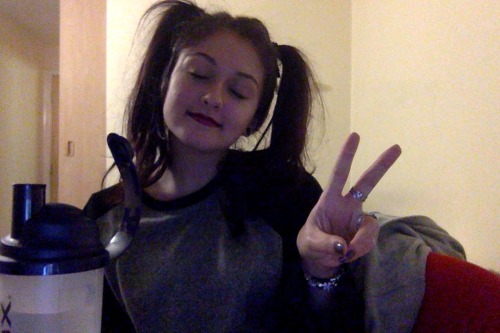Hitchcocks Psycho (1960) Is Notable For A Number Of Reasons, One Of These Is The First Use Of The Man


Hitchcock’s Psycho (1960) is notable for a number of reasons, one of these is the first use of the “man gone wrong” antagonist. Although this is a common and popular narrative device in many modern Horror films, such as Patrick Bateman in American Psycho and Michael Myers in Halloween, at the time Norman Bates was a revolutionary character as he would change the role of antagonists forever. Norman’s name was chosen simply because it would close to the word “Normal”.
Hitchcock was obsessed with the idea of verisimilitude throughout the filming of Psycho, he used television actors from his series “Alfred Hitchcock Presents” rather than high profile actresses and actors, as he had done in films such as Vertigo (1958) and Rear Window (1954). The audience is encouraged to identify with Norman as soon as Marion leaves the narrative, the spectator follows Norman cleaning the mess and film critic Zizek argues that we identify with this as he undertakes cleaning jobs like the spectator.
Hitchcock’s innovation with the “man gone wrong” antagonist has changed horror films and furthermore, highlighted the horror of true life. Part of the attraction in horror films is that fact that, most of the time, the antagonist is caught and the spectator revels in the idea that the protagonists are safe. However, in real life this is rarely the case, numerous murderers and criminals are not caught and this was what the man gone wrong antagonist proves- it points out that serial killers/murderers/general criminals look like the everyman and we are living amongst them, just as Marion lived next door to Norman Bates.
-
 ermahgerd-reblog liked this · 8 years ago
ermahgerd-reblog liked this · 8 years ago -
 muerteconleche liked this · 9 years ago
muerteconleche liked this · 9 years ago
More Posts from Daistheunknown

It Follows (Mitchell, 2014)
What makes It Follows (Mitchell, 2014) so effective as a horror film is that it tells the spectator that they are right to fear the unknown, because the unknown is the voyeur. The Male Gaze objectifies the subject (usually feminine) and empowers the gazer (usually masculine), It Follows subverts this typical film convention. If we gaze into the unknown we believe that we hold the power, yet if the unknown gazes back, without noticing, we are objectified. Mitchell’s use of camera panning encourages passivity, the camera moves for us, the spectator holds no power as in our nightmares, we are passive. Many shots of our protagonist, Jay, are positioned uncomfortably. Some show Jay passing a window whilst others place us with her, gazing at the antagonist. Through the repeated use of the wide shots, the spectator is left vulnerable as we gaze at the shot in it’s entirety, much like our protagonist, we have no idea where it is.
Another way in which It Follows is incredibly effective is it’s use of isolation as a key theme. In order to pass on the curse, sex is needed. Although this should connote intimacy and love, sex is the cause of this isolation for the ones who suffer from the curse. In isolation, we find ourselves at our most vulnerable and when we are in need, only we truly knows what we need. The almost art-house-esque focuses on the stillness of the shot, the minimalism of most of the shots and mise-en-scene also connotes the emptiness of the film and furthermore, anchors the lack of intimacy.



Lost in Translation (Coppola, 2003)
“I don’t want to leave.”
“So don’t. Stay here with me. We’ll start a Jazz band.”




Boy (Waititi, 2010)
“She reckons it's better to be risk your money on something big and be real poor, than sit around being a bit poor.”




Some of the most beautiful shots I’ve ever seen:
1. Drive (Refn, 2011)
2. Requiem for a Dream (Aronofsky, 2000)
3. Se7en (Fincher, 1995)
4. Shaun of the Dead (Wright, 2004)
